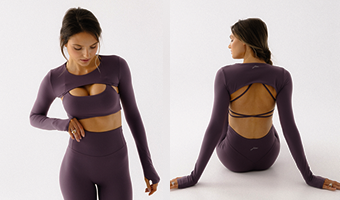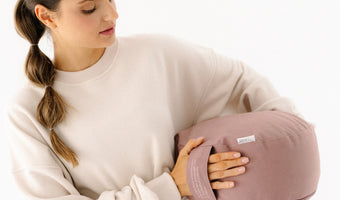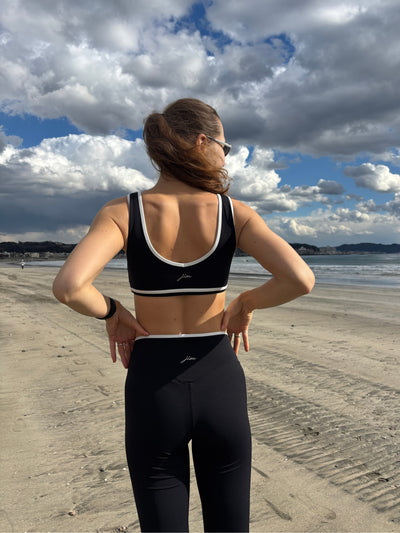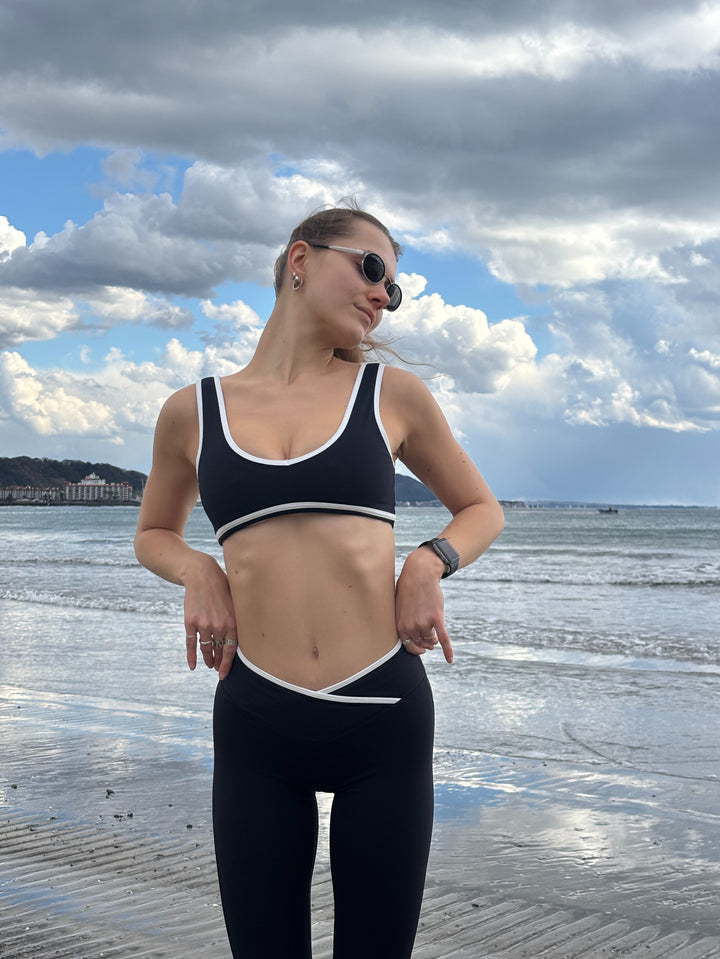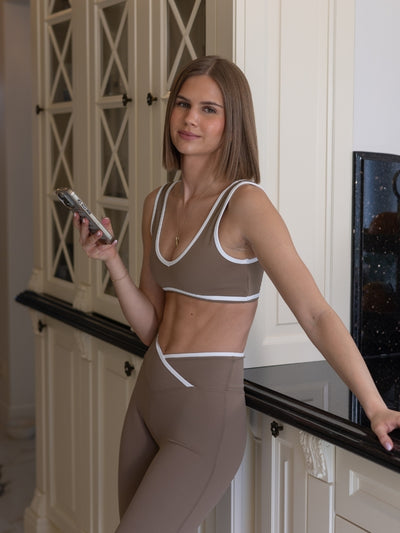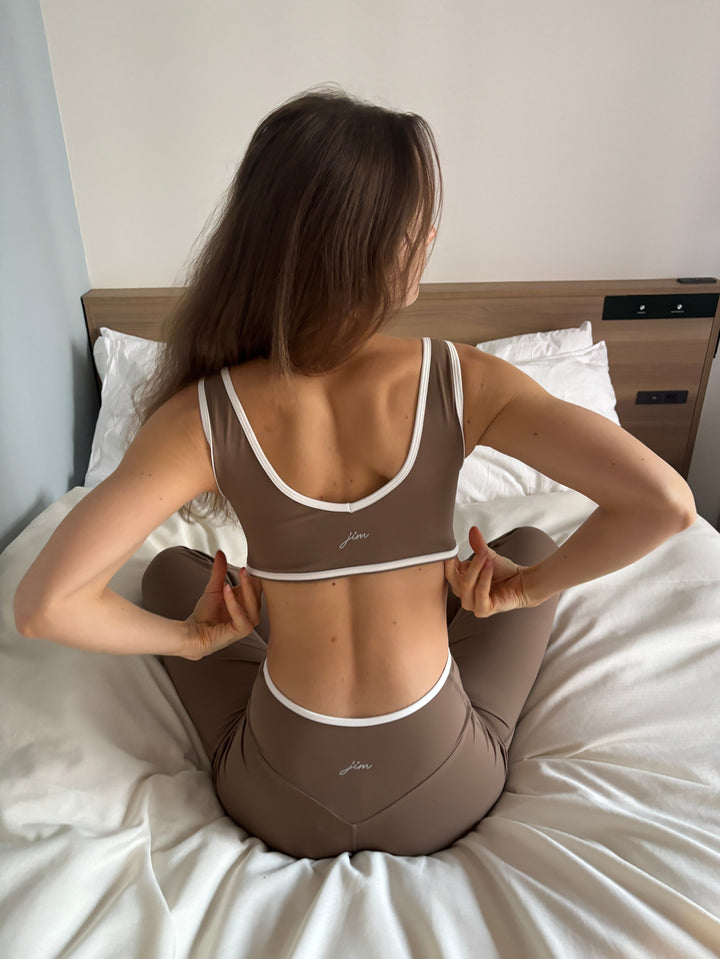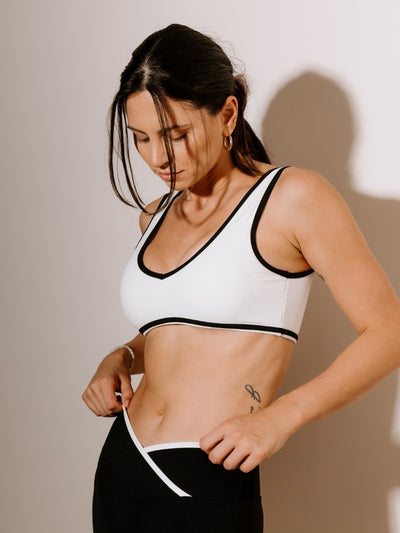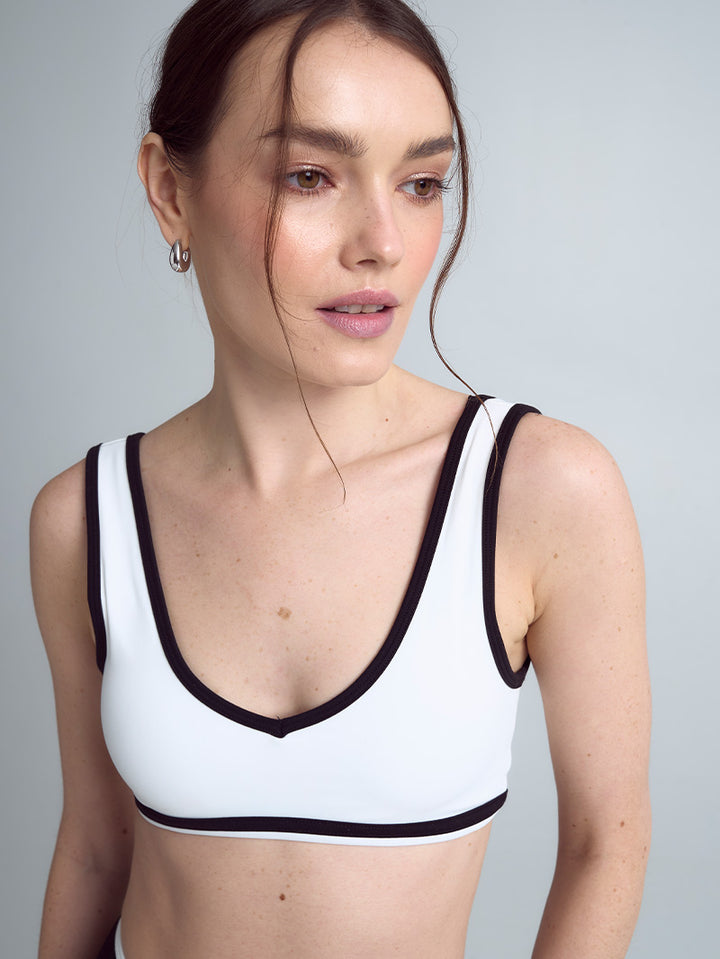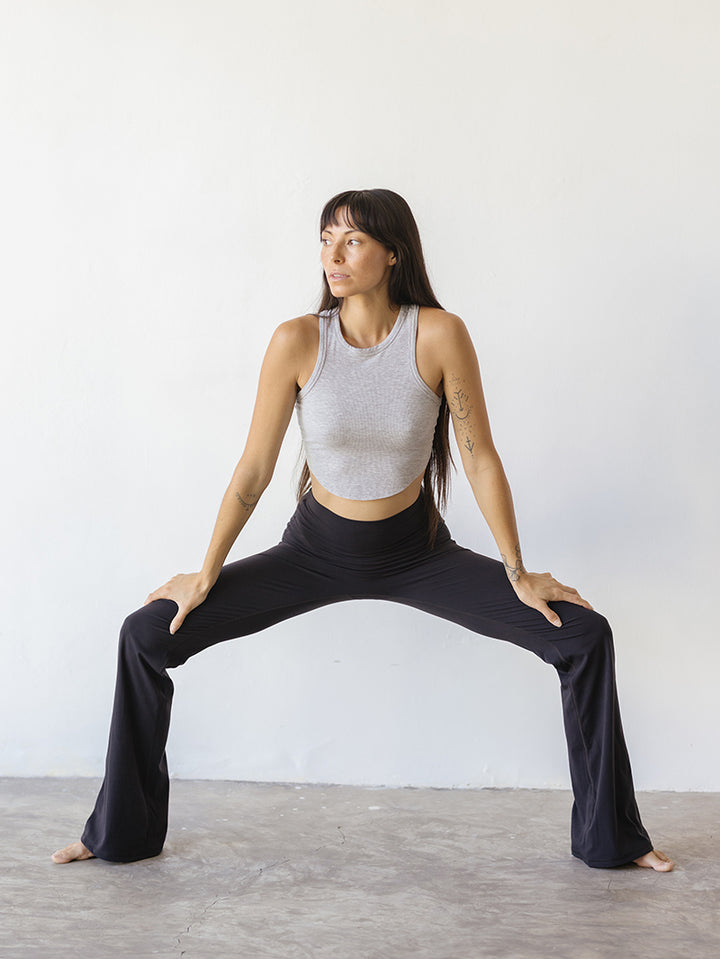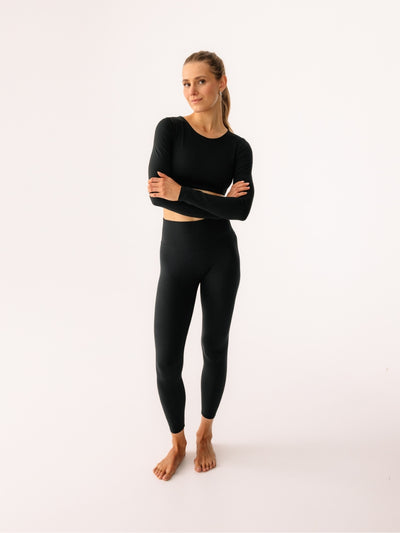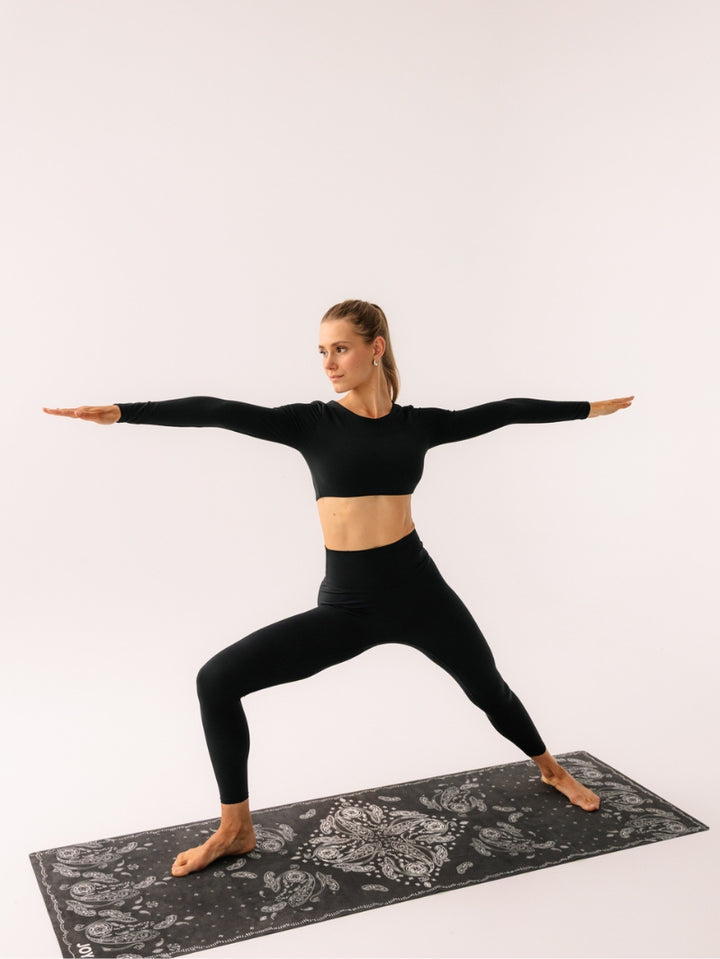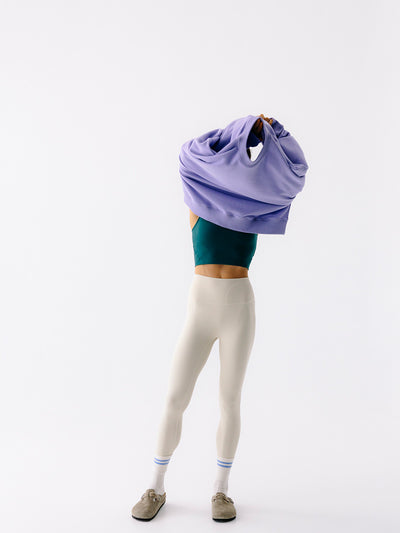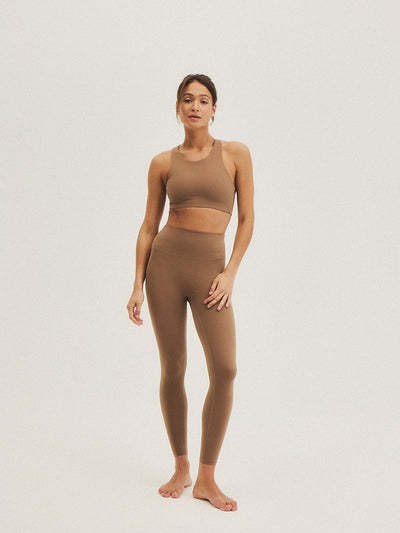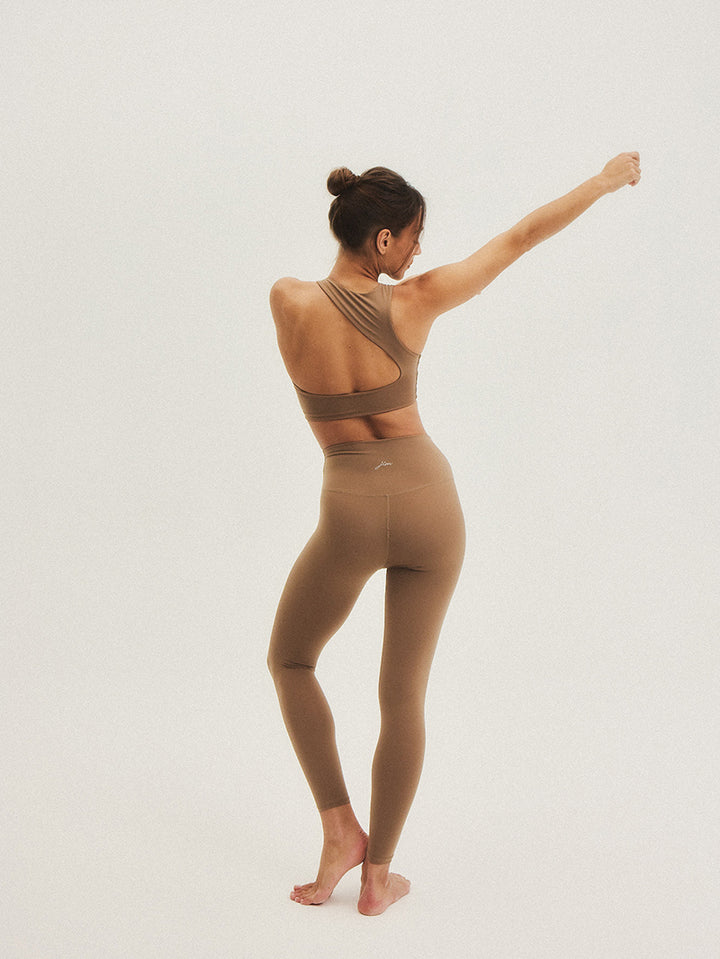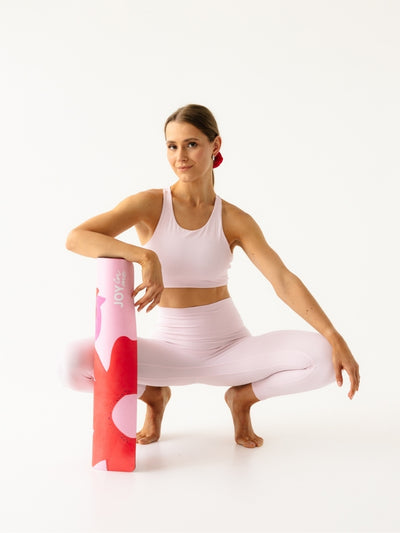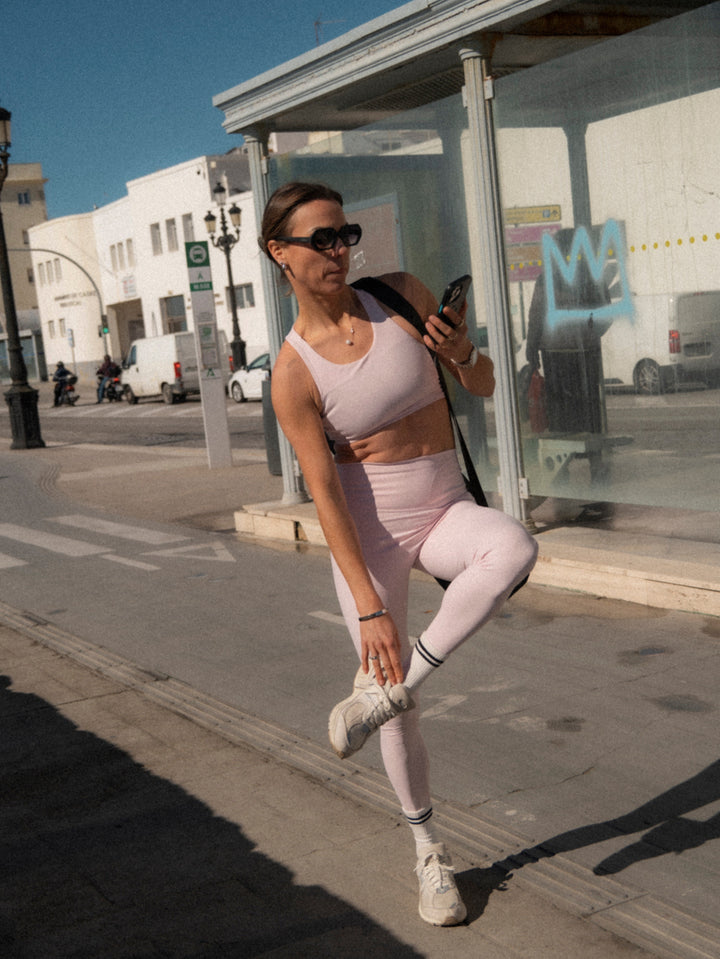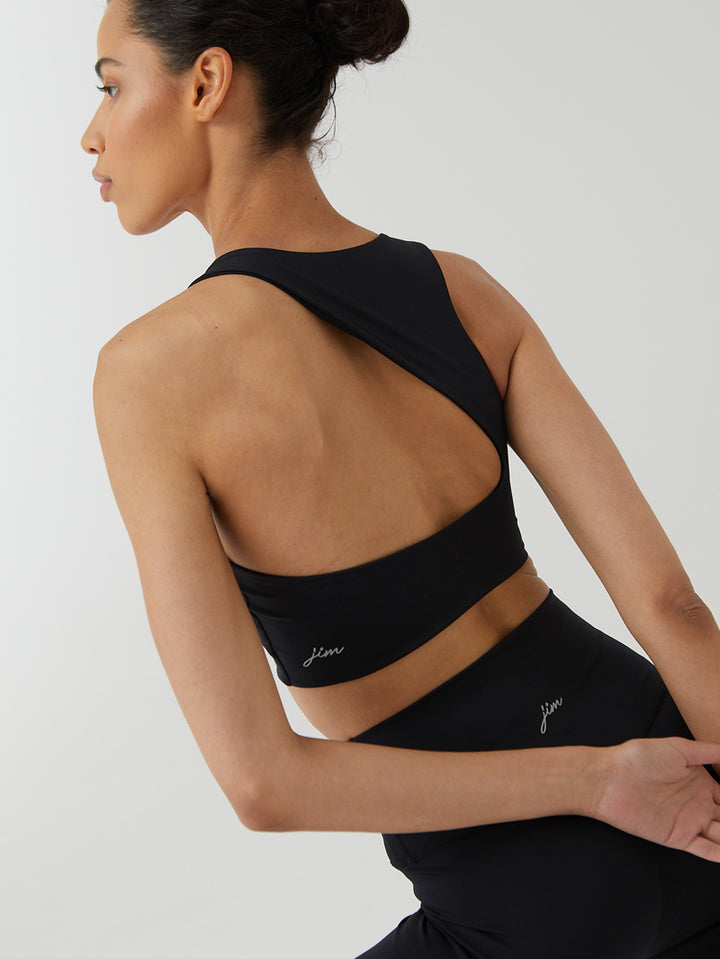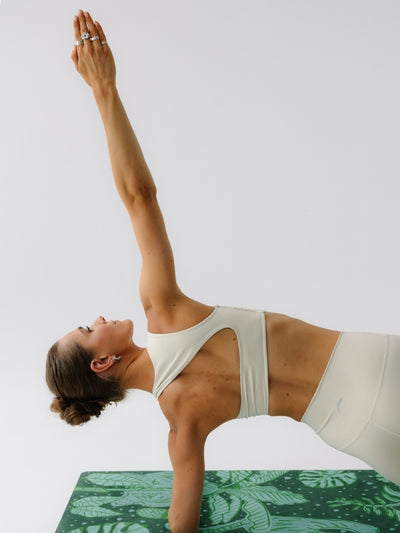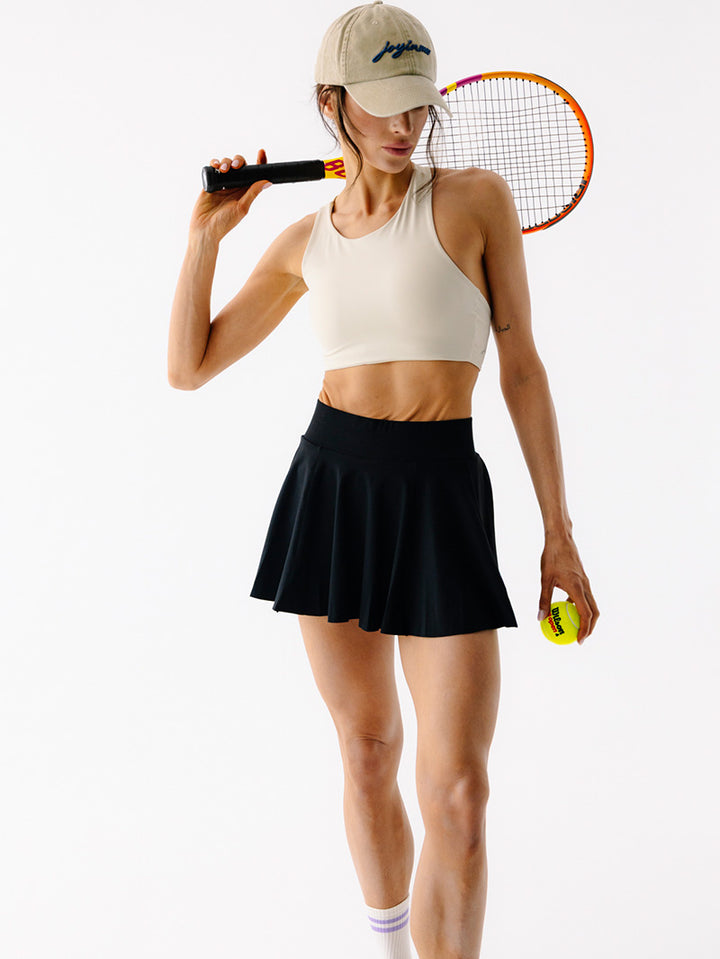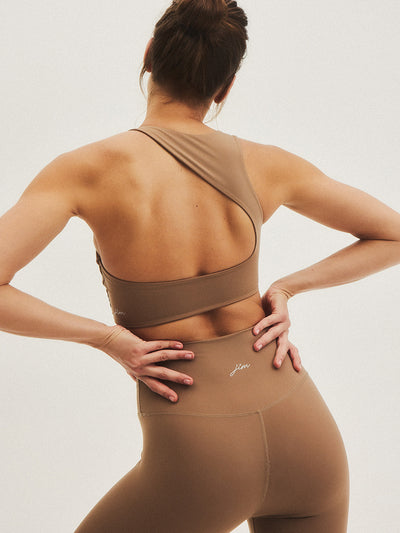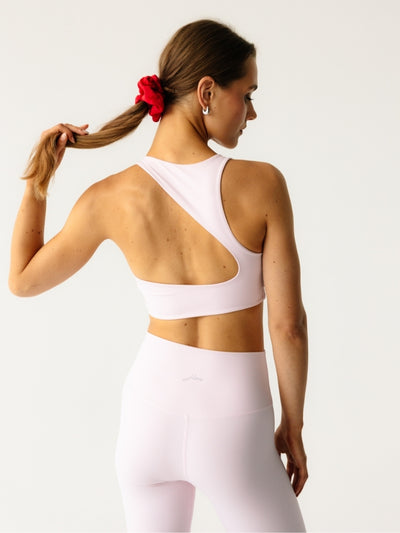Yoga asanas - 10 positions worth knowing
Want to practice yoga regularly but don't know which asanas you can safely perform at home? Here are 10 asanas that will strengthen your body, improve your well-being, and demonstrate the value of regular practice.
 The true beauty of yoga is that it's for everyone. Regardless of body weight or fitness level, regularly practiced yoga asanas gradually strengthen individual parts of the body, providing relief from chronic pain and improving well-being. So roll out your FLOW mat, decorated with original motifs drawn from nature, and discover 10 asanas that even a beginner can perform!
The true beauty of yoga is that it's for everyone. Regardless of body weight or fitness level, regularly practiced yoga asanas gradually strengthen individual parts of the body, providing relief from chronic pain and improving well-being. So roll out your FLOW mat, decorated with original motifs drawn from nature, and discover 10 asanas that even a beginner can perform!
1. Balasana – Child's Pose
A relaxing pose that allows you to rest physically and emotionally after practice or catch your breath between more challenging asanas. It stretches the thighs, arms, and chest while strengthening the ankles, thighs, and spine.
Contraindications
Balasana is not recommended for people with knee or ankle injuries, high blood pressure, or pregnant women.
Position modifications
Rest your head on a pillow or yoga block. If your ankles are sore, place a rolled-up yoga towel or blanket under them.
2. Adho-mukha-śvanasana – downward-facing dog
One of the most fundamental yoga poses, the downward-facing dog, strengthens the shoulders and back, relieving aches and pains. It also stretches the hamstrings, calves, and arches of the feet.
Contraindications
Adho-mukha-śvanasana is not recommended for people who have carpal tunnel syndrome or other problems with this part of the body, for people with excessively high blood pressure or for women in the last trimester of pregnancy.
Position modifications
To relieve the strain on your wrists, you can perform this asana with your elbows resting on the ground or your hands on blocks. A properly sized yoga mat, such as a FLOW, will also be helpful, as it provides excellent grip even during a very intense practice.

3. Kumbhakasana – plank
Plank is one of the simplest yet most effective yoga asanas, also popular in other physical training. It develops the core, arm, and leg muscles, preparing them for more advanced balancing asanas. When performing plank, try to elongate your spine and the back of your neck, keeping your body firmly erect and aligned.
Contraindications
Kumbhakasana is not recommended for people suffering from carpal tunnel syndrome or low back pain.
Position modifications
If pain occurs in the sacral part of the spine, it is worth modifying it by placing your knees on the floor.
4. Chaturanga dandasana – stick
Like the previous asana, the staff pose strengthens the arms and wrists and tones the abdominal muscles. It is one of the transitional poses in the sun salutation sequence and allows for gradual strengthening of the body, facilitating the performance of balancing asanas.
Contraindications
Do not practice this asana if you have problems with carpal tunnel syndrome, lower back pain, shoulder injuries, or are pregnant.
Position modifications
Beginners can perform it with their knees on the floor, pressing their hands evenly into the floor and rising on their arms.
5. Bhujangasana – cobra
Cobra asana is a simple backbend that strengthens the back muscles, increases spine flexibility, and stretches the chest, shoulders, and abdomen. When performing bhujangasana, focus on lifting your navel off the floor and relaxing your glutes.
Contraindications
Cobra is a simple pose even for beginners, but it is not recommended for people with arthritis in the spine or neck, after a back injury, or with carpal tunnel syndrome.
Position modifications
Raising the front of the torso without straightening the arms to the ends.
6. Vrksasana – Tree Pose
One of the most recognizable asanas in modern yoga, Tree Pose quickly teaches you how to effectively extend your spine and correct postural defects. It also strengthens the ankles, calves, thighs, and spine. By focusing on your inhalation and exhalation during this pose, you'll find not only physical but also mental balance.
Contraindications
Blood pressure that is too low or any ankle problems.
Position modifications
If you have trouble holding it at first, you can do vrksasana leaning your back or one hand against the wall, standing sideways to it.

7. Utthita Trikonasana – triangle
A staple of many modern yoga sequences, the triangle pose is a standing pose that helps build leg strength while stretching the spine, chest, groin, hamstrings, and calves. Regularly practicing this pose will also increase flexibility in the hips and neck. It's important to remember that the triangle pose is performed on an empty stomach, so your last meal should be eaten at least four hours before practice.
Contraindications
This asana is not recommended for people with too low blood pressure and in case of headache.
Position modifications
For high blood pressure, it's recommended to perform a modified version of the triangle, keeping your head down in the final position. If you have neck problems, don't turn your head to look up; instead, keep it straight, looking straight ahead and lengthening both sides of your neck.
8. Marichyasana – sitting twist
This is one of the most popular twisting asanas, increasing back flexibility, stretching the shoulders, hips, and chest, and also helping to reduce tension in the mid-back. It's beneficial for anyone who suffers from back pain due to prolonged sitting. While in the pose, remember to lift your torso with each inhalation and twist it more intensely with the exhalation.
Contraindications
Do not perform this asana after serious back injuries.
Position modifications
A modified version is performed with the leg straight in front of you if you experience pain when bending the knee.
9. Urdhva dhanurasana – chest opening bridge
Bridge pose is one of the more challenging backbends in yoga. However, it has a wonderful effect not only on opening the chest, back, and neck but also on improving well-being by stimulating the thyroid and pituitary glands. It is recommended for those who spend most of their day sitting.
Stabilization of the hands and legs is particularly important when performing this asana. This is ensured by the FLOW yoga mat, made of rubber, whose thickness enhances joint cushioning, and its dynamic grip activates with more intense practice on the mat.
Contraindications
You cannot perform this asana after neck injuries.
Position modifications
If you're new to yoga, perform this asana in a simpler way by placing your bent legs on the ground, lifting your chest and bringing your sternum toward your chin, and keeping your hands clasped and straight under your raised back. You can also place a block between your thighs to help keep your feet and legs apart, or place one under your pelvis if you experience lower back pain.
10. Savasana – Dead Body Pose
The relaxing asana performed at the end of each yoga session is considered by some to be one of the most difficult. Initially, it can be difficult to completely relax your body and maintain this state. However, the longer you practice yoga, the easier it will be to achieve true relaxation.
Remember to keep your body comfortable by placing a blanket under your head and neck, and covering yourself with another blanket if you get cold easily. Get into a comfortable position and gently move into savasana, feeling your body sink deeper into the mat under its own weight.
Contraindications
Lack
Position modifications
Place a yoga bolster under your knees if you experience pain in your lower back or lower back.
